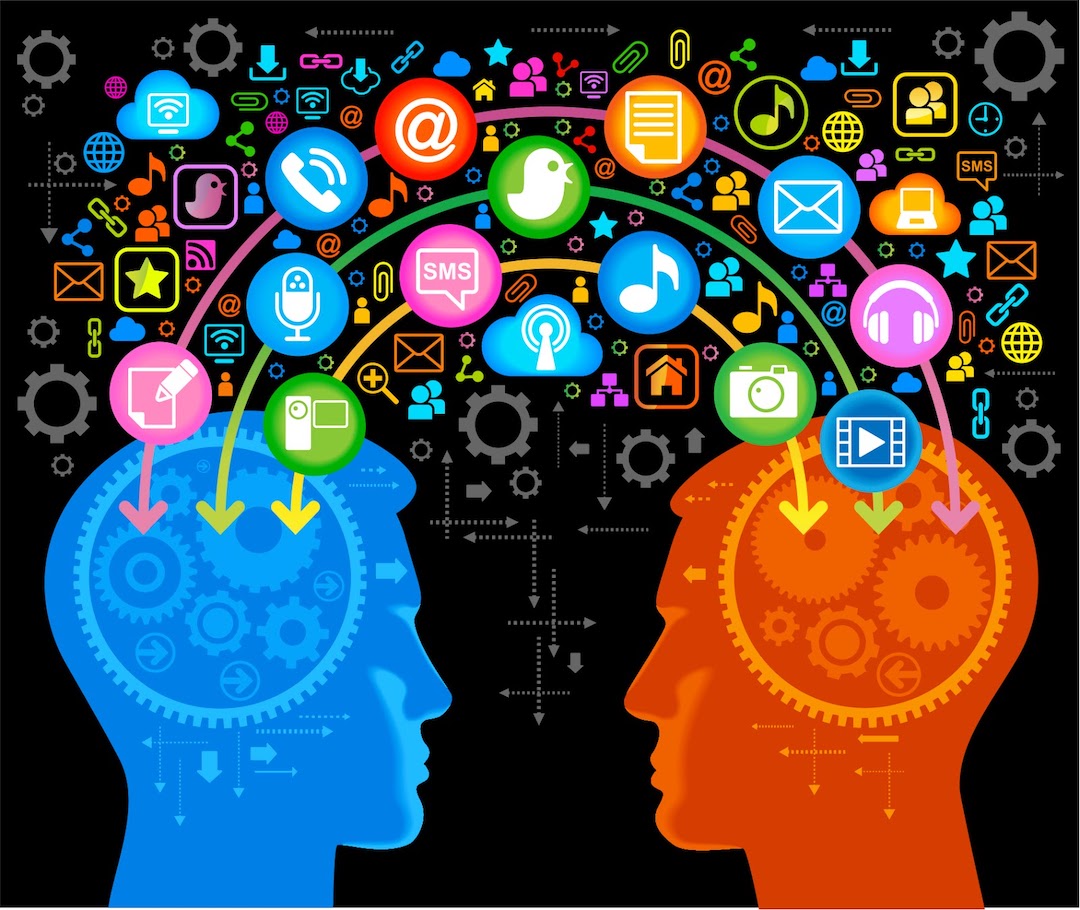Why are human infants so helpless compared to other mammal? Is it because of our big brains? Kind of yes.
And the reasons are essential for thinking about discipleship.

I’m continuing with Barrett’s new book, Seven and a Half Lessons About the Brain (I’ll be going through one lesson a week building up to the launch of the Being With podcast on neuroscience and faith).
Previous Posts:
- Your Brain Is Not For Thinking
- You Have One Brain (Not Three)
- Your Brain is a Network
- Your (Social) Brain Wires to the World
- Your Brain Predicts (Almost) Everything
- Your Brain Works With Other Brains
- Brains Build More Than One Kind of MIND
- Our Brains Create Social Reality
Infants at Birth
Barrett starts off chapter 3 by asking:
“Have you ever noticed that many newborn animals are more competent than newborn humans? A newborn garter snake can slither on its own almost instantly. Horses can walk shortly after birth, and an infant chimp can cling to its mother’s hair. In comparison, human newborns are pretty pathetic. They can’t even control their limbs” (47).
Unlike other animal with hardwired instincts, humans wire to the world through interaction with their physical and social environment. We are born unfinished.
Barrett and others would say this is our evolutionary adaptive advantage.
I would say this is part of being made in God’s image — able to fulfill God’s purposes in any situation (but we’ll get back to that in a moment).
Tuning and Pruning
In the last post we focused on how the brain is a network.
But how is that network formed?
The specific structure and functions of the brain are formed through tuning and pruning.
It is a neuroscience truism that the “neurons the fire together wire together.” This happens through tuning and pruning.
Tuning is when neurons branch together more thickly, making their “network” connection more efficient.
Pruning is when less-used connections break off and die — “if you don’t use it your lose it.”
“Tuning and pruning happen continuously and often simultaneously, driven by the physical and social world outside the infant’s head and by the growth and activity in the infant’s body” (51).
Social Nature of Brain Formation
This process of tuning and pruning wires our brains to the world. And it does this primarily through social interactions.
Body Budget:
Babies don’t know how to manage their own body budget by getting their own food, going to sleep when needed, or warming or cooling themselves. They need other people to do all that for them — until after a couple years when they can start doing it themselves. The care-giver wires these survival skills into the infant brain as it grows (unless there is neglect and trauma, which wires the brain in a maladaptive manner to the world).
Shared Attention:
Babies don’t know how to process all visual and bodily information they are bombarded with constantly. Care-givers help infants pay attention to what is important and to ignore what is irrelevant. Barrett calls the infant brain a lantern that just casts light all over the place — and overwhelms the infant. Adults have what Barrett calls a flashlight of attention — focused on the things that are important. Through “shared attention” and “mirror neuron”, infants wire to the world according to what their care-givers find important, and learn to ignore what is unimportant.
Sense Development:
Tuning and pruning is how infants learn to see the difference between the face of a trusted care-giver and a stranger. Tuning and pruning helps babies distinguishing human voices from background noises.
Tuning and pruning is why children have an easier time learning multiple languages—they haven’t pruned out connections in their hearing and speaking.
Similarly with faces. Our brains tune and prune to recognize the “typical” face it is raised with. This is why people from one ethnic group can easily distinguish faces that they are raised with, but tend to think that people outside their ethnic group all look the same.
Neglectful or Traumatic Wiring to the World
The unfortunate truth is that those who do not receive key elements of environmental stimulation and care will fail to develop critical brain functions (though they can be added later, but much more difficultly).
Bad “wiring to the world” will have long-term physical and mental health consequences, along with poor cognitive performance.
Physical & Mental Health
“A neglected little brain in a socially impoverished environment may wire itself to manage its own body budget alone, without the social support from caregivers and the wiring instructions they provide through their actions. This nontypical wiring imposes a pernicious burden on the body budget that accumulates over years, raising the odds of serious health problems later, such as heart disease, diabetes, and mood disorders like depression” (59-60).
Cognitive Performance
“Research shows that early and long exposure to poverty is bad for the developing brain. Inadequate nutrition, interrupted sleep due to street noise, poor temperature regulation due to lack of heat or ventilation, and other circumstances of poverty may alter the development of the front of the cerebral cortex, namely the prefrontal cortex. This brain area is involved in a range of critical functions, including attention, language, and body budgeting” (60).
“Society is quick to blame genes when poverty endures across generations for a group of people. But it’s plausible that those little brains are being molded by poverty” (61).
Not Nature vs. Nurture
Barrett is very clear, and very helpful:
“When it comes to the brain, simple distinctions like nature versus nurture are alluring but not realistic. We have the kind of nature the requires nurture. Your genes require a physical and social environment—a niche filled with other humans who shared your infant gaze, spoke to you with intent, set your sleep schedule, and controlled your body temperature—in order to produce a finished brain” (62).
Discipleship is Brain-Building
In a very real way, discipleship is the same process of forming the mind of Christ within us (Rom. 12:2; 1 Cor. 2:16).
Sure, psychologists and neuroscientists might think that religious is pernicious form of brainwashing that we need to overcome. But as Barrett states, every part of our lives (for good or bad) is wiring us to the world in some way.
So discipleship is the responsibility to continue this process of brain-building in a way that shapes and forms us as the people of God, called into the seventh day of new creation.
So you don’t miss any neuroscience and faith summaries of Barrett’s work, please subscribe to my newsletter (here or above in the sidebar) and/or follow the launch of Being With: On Neuroscience and Faith.

